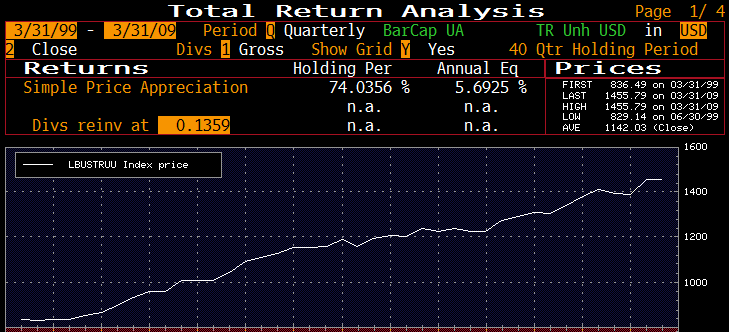November 3, 2010
Doug from Dallas writes:
How much risk should I take with my investment portfolio?
Friedenthal Financial:
Doug,
While this seems like a simple question, there are a few complexities to the answer. Keep in mind that there are many different types of risk (economic, liquidity, credit, interest rate, inflation, etc.). Naturally, having a well diversified and liquid portfolio is very important to most investors. That said, there is still a wide range of portfolio composition that can create very different levels of risk (volatility). Achieving the right balance of growth and stability gives the investor the ability to increase wealth over the long run, while maintaining the option to liquidate some investments when necessary without risk of substantial market loss (selling at an inopportune time). Consider the following when thinking about your desired level of risk.
1) Segregate short-term cash needs – Examine your total monthly expenses. It is common to keep 2-4 months of expenses (not income) in cash equivalents (checking, savings, or money-market).
2) Capital expenditures – Identify likely large expenses for the next 10 years, such as the down payment for a home or real estate, wedding, or college tuition. Most investors should have an allocation to stable investments, such as low volatility fixed income funds with good liquidity, geared toward these future capital expenses.
3) Loss of Income – Think about how many months worth of expenses (again….not income) you might need if you lose your income. The number of months’ expenses you wish to hold in stable instruments may depend on the risk inherent in your career field, and if you are a one income household. Protecting potential loss of income is often the biggest reason to reduce portfolio risk for younger investors.
4) Time until retirement – If you are within 15 years of retirement, and you anticipate living off of principal (not just interest and dividends), you will likely want to reduce risk so you are never forced to sell at an inopportune time in the market to cover your living expenses. If you will only require your dividends and interest in retirement than this is not as material.
5) Personality – We can examine time horizon and cash-flow needs all day. In the end, fluctuations in our investments can materially affect our personal mood, stress level, and even sleep. Careful consideration should be given to personality when determining the right level of risk for your portfolio.
When it comes to investments, we typically think of risk as an expression of potential fluctuation of prices or value. This fluctuation, often called “volatility”, is usually expressed as a percentage of the current price of an investment. So, a portfolio with a volatility of 10%, is expected to be +/- 10% of the current value, in one year (about 68% of the time).
Below is a chart of different combinations of stocks and bonds that illustrates the tradeoff between risk and returns.
Since the best performing asset classes and sectors often carry greater volatility, they need to be sized appropriately. Time horizon becomes a key component in selecting the right portfolio balance. Until a few years ago, some investors believed that 5 years was a “long-term” perspective. If you invested in the S&P 500 Stocks from March 31, 1999 to March 31, 2009, you would have lost 26.19% (indluding dividends) vs a gain of 74.04% if you had bought a basket of fixed income securities (Barclays Capital Bond Index). Even a ten year time horizon exposes the investor to material risk. See graphs below.
S&P 500
Barclays Capital Bond Index

All of the examples above are simplistic and meant to illustrate the risk and return characteristics of only two different asset classes. A truly diversified portfolio would consider other asset classes and sectors, including Small and Mid-cap domestic stocks, Treasury bonds, TIPS, Municipal bonds, Domestic and International Corporate bonds, Emerging Market and Developed International stocks, International debt, Commodities, and Real Estate.
We hope that helps and provides fodder for discussion. Please let us know if we can be of further service!
The Friedenthal Financial Team
856-210-6494 (Office)
856-210-1565 (Facsimile)
Please send us your questions!! If we don’t know the answers, we’ll find someone who does!
If you know someone who would like to discuss their investment needs with us, we certainly appreciate the introduction.


